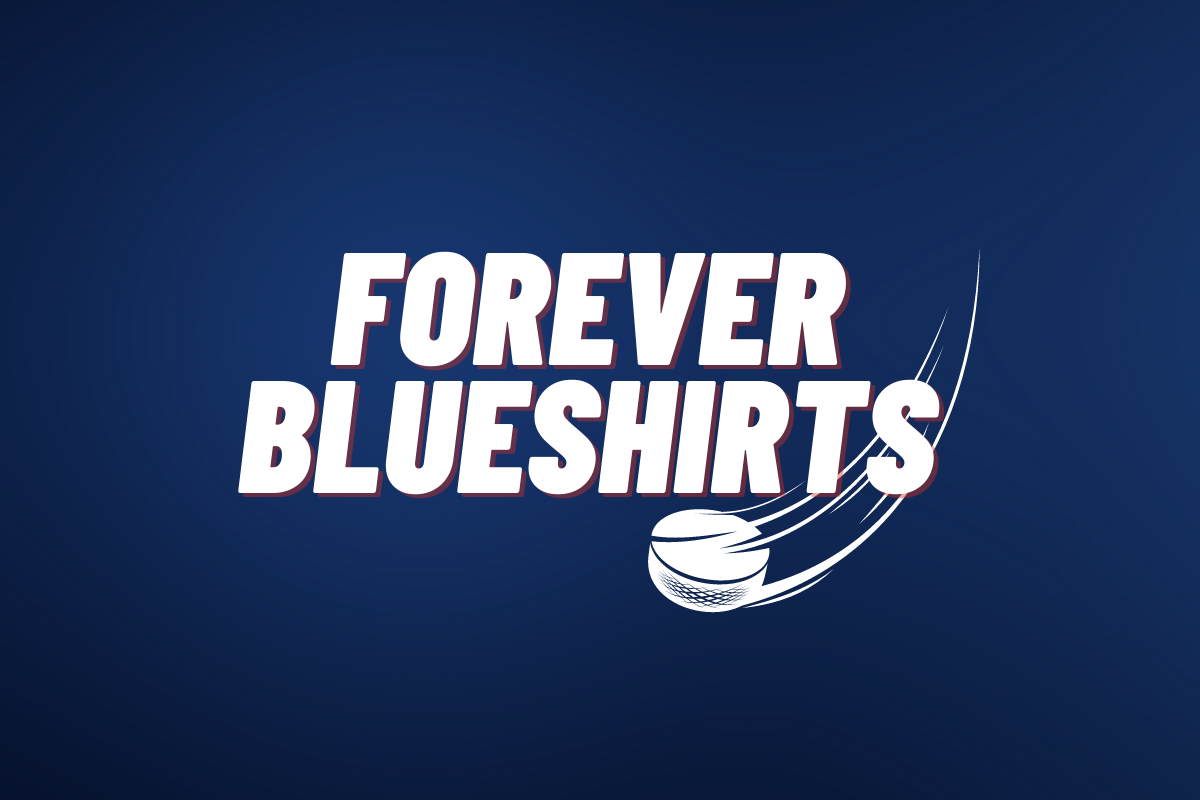The importance of the Rangers having a strong prospects pipeline

IIHF Images
The much anticipated and eagerly awaited Word Junior Championship hockey tournament has come and gone.
Rangers fans were finally able to get an elongated look at all three of the team’s 2018 first-round draft picks, Vitali Kravtsov of Russia (9th overall) K’Andre Miller of the United States (22nd overall) and Nils Lundkvist of Sweden (28th overall). In addition, Rangers fans got a quick glimpse at 2018 fourth-round pick Nico Gross of Switzerland.
Our talented staff of fantastic writers did a wonderful job covering those four future Rangers as the international showcase progressed. The aforementioned Rangers-to-be have returned to their respective junior, college, and European club teams to finish the 2019 season.
Normally, we’d give statistical updates of players when we do our prospects features. At the risk of being redundant and complacent, we will change course just a bit and, instead of just throwing around a bunch of stats, we will opine about the importance of having a viable pipeline of talented, young players to fall back on. In a league where injuries are commonplace and unavoidable, and where a hard salary cap forces teams to jettison veterans who haven’t lived up to their contracts, being able to, hypothetically speaking, replace a Dan Girardi with a Neal Pionk, is what can separate contending teams with perennial bottom feeders.
The lack of quality organizational depth has hung around the neck of the Ranger franchise like an albatross for several years. The trading away of young players and first-round draft picks for an opportunity to fight for a Stanley Cup came at a price, a steep price in fact. The go-for-it mentality from Blueshirts management increased their odds of going all the way, but it also meant that the proverbial pipeline of prospects to replace aging veterans would be nonexistent. And, unfortunately, that is exactly what has happened.
When the likes of Derek Stepan, Rick Nash, J.T. Miller, Ryan McDonagh and Michael Grabner were traded away, the Rangers did not have any young NHL level players in Hartford primed and ready to take their places. You want to know why a team like the Detroit Red Wings was able to maintain a two decades long stretch of playoff qualification and Stanley Cup aspirations? It was because their general manager and scouting staff did an incredible job of making sure the cupboard was continuously stacked and replenished whenever the big club needed to replace an aging veteran. Out went Steve Yzerman, in came Pavel Datsyuk. Out went Brendan Shanahan, in came Henrik Zetterberg. It would behoove Jeff Gorton and his staff to follow the Red Wings template for both short term and long term success.

NHL
Being a Ranger fan over the last calendar year has been challenging. The team isn’t only losing, but they’re being consistently outplayed, out-coached, outclassed and outmuscled. To say that it has been painful to watch the Rangers flounder over the last six weeks or so would be an understatement. We are seeing the excruciating effects of not having a replenished farm system to replace the stalwart Rangers who helped the franchise make several deep playoff runs.
As we approach the 2019 NHL trade deadline at the end of next month, the prospect of obtaining more prospects and high draft picks is paramount to the continued rebuilding of the franchise. The debate on what to do with Kevin Hayes has become almost as heated as some of the political conversation in the United States. If the current players played with the amount of angst and vigor that the fans are having when debating whether or not to trade Hayes, I don’t think the Rangers would be in the midst of a seemingly endless freefall. My opinion was, is, and always will be to trade Hayes, and Chris Kreider for that matter, and continue to stock pile young talent and future first-rounders.
Rangerstown believes that Igor Shestyorkin is the rightful heir to Henrik Lundqvist in goal. But what if Shestyorkin decides to stay in Russia? Or, what if his incredible numerical success was primarily a product of the juggernaut team he plays on and he underwhelms when he takes his talents to Broadway? Having youngsters like Adam Huska, Tyler Wall, and Olof Lindbom in the pipeline to fall back on is quite the insurance policy. The same theory applies if Lias Andersson and Filip Chytil end up resembling Pavel Brendl and Jamie Lundmark. The team needs to make sure that other blue-chip prospects would be at the ready to step in.
The Rangers will have at least three selections in the first two rounds of June’s draft. That number will likely increase once “Roster Purging, The Sequel,” gets released to a theater near you some time after President’s Day. It’s the law of averages, folks. The more talented, young players a team has in their arsenal, the more likely that some of them will develop into NHL All-Stars. After all, Nikita Kucherov was selected 58th overall in his draft year and Johnny Gaudreau went 103rd overall in his.
Jeff Gorton must continue to stockpile top-tier prospects like Brett Howden and Libor Hajek and he must continue to acquire future first and second round draft picks; and if that means trading away fan favorites, so be it. The more talented neophytes the Rangers have in their pipeline, the higher the chances of having one of them develop into Kucherov or Gaudreau.
More About:New York Rangers Features
